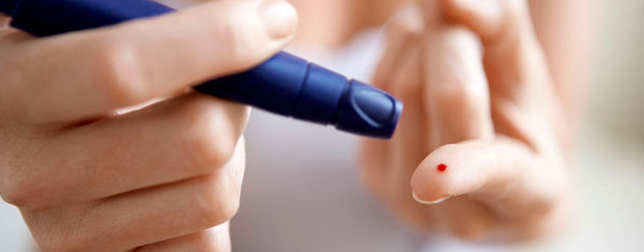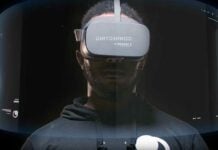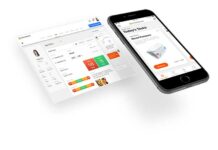Today, having diabetes is no longer an absolute tragedy but, for patients, it does require full discipline and means a certain limitation of freedom. These days there are many mobile and easy-to-handle devices and sticks that allow diabetes patients to manage their blood sugar levels, as stress-free as possible. These products include the Accu-Chek Mobile by Roche and the Contour USB Meter by Bayer. Such telemetry systems as those by BodyTel, Viterion and TEMOS, that can communicate with the monitor and transfer data to the patient’s doctor also make for even greater relief of stress in diabetes management.
Because more than 90 percent of diabetes patients suffer from Type 2 diabetes, a condition associated with overweight and a lack of exercise, Wearable Technologies can be used as a starting point for monitoring movement and nutrition. Devices made just for this are activity monitors, which we reported on in our May newsletter, and smartphone apps as well as food diaries and, of course, complete diabetes apps like the one by CareLogger. Rule of thumb here is, the more automated the monitoring, the more pleasant for the patient.
The same rings true for insulin delivery systems. These days, it is possible to do this automatically, with the help of a small insulin pump placed on the body and an accompanying remote control. Products such as these include those by OmniPod and Solo. The devices bring with them an enormous amount of freedom for patients: They offer cable-free remote control, some can even be worn in the shower and they cut down on endless day planning for diabetes sufferers. Stepping it up another notch, the company Pancreum has developed a completely wearable artificial pancreas. The wearable module can control blood sugar levels and deliver insulin. It can also be connected to various smartphones. A prototype of the complete module, named Genesis, will be ready at the end of 2011.
And this isn’t the only future development slated to make diabetes patients’ lives easier. In cooperation with Medtronic, Ford (link not found) is working on a Bluetooth-supported glucose monitor that can communicate with the cockpit of Ford automobiles and, with plenty of time to spare, alert the driver to his/her impending unconsciousness at the wheel. The University of Western Ontario is working on contact lenses that change color when the wearer’s blood sugar levels change for the worse. Technology Review reports that the Draper Laboratory is working on nanosensors that, like tattoo ink, are injected under the skin to monitor blood sugar levels. The “tattoo” illuminates in infrared light whenever the wearer needs insulin.
Because diabetes patients have to wait a bit longer for such devices to become reality, hanky pancears offers an array of products that turn diabetes devices into fashionable accessories.
More exciting Wearable Technologies projects and developments from the world of medicine can be seen at WTshows at the Medica in Dusseldorf.















